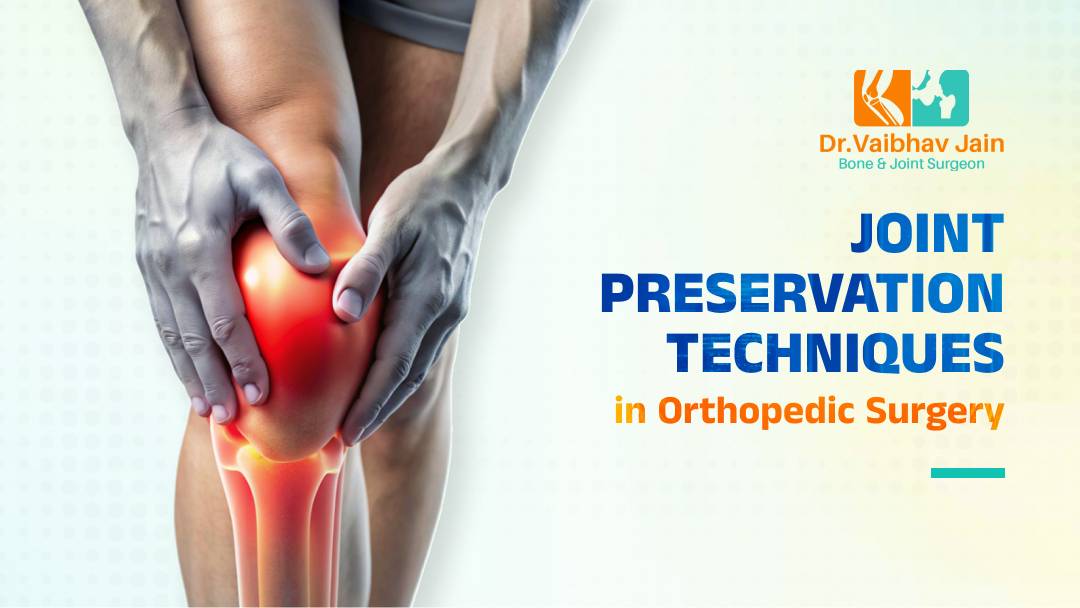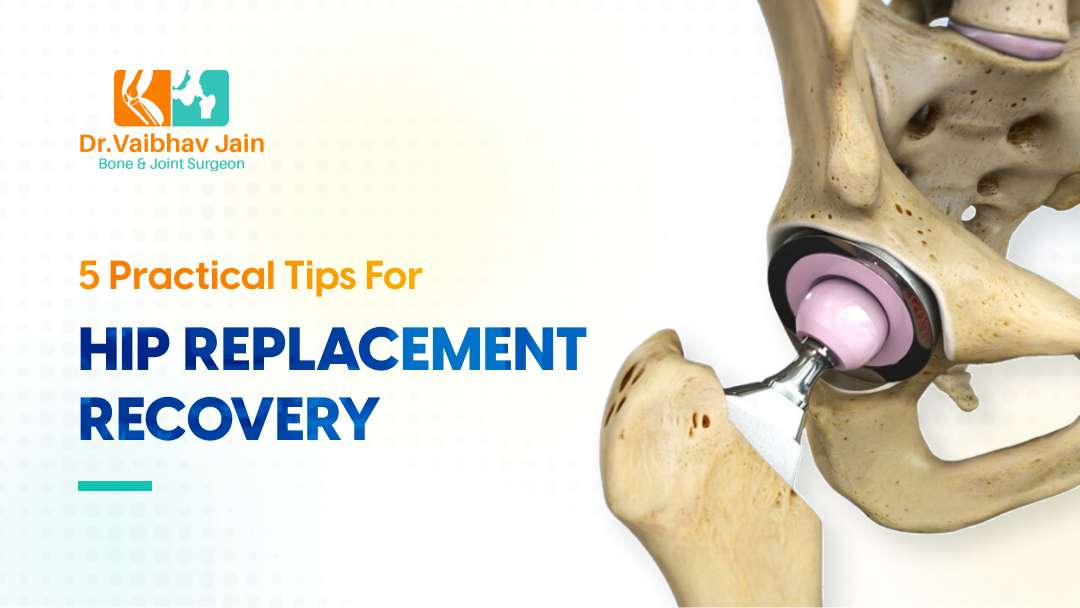I. Introduction
Orthopaedic surgery is a specialized field of medicine that focuses on diagnosing, treating, and preventing conditions and injuries affecting the musculoskeletal system, which includes bones, joints, muscles, ligaments, and tendons.
Orthopaedic surgeons perform a variety of procedures to help patients with conditions ranging from arthritis to sports injuries to fractures.
In this article, we will provide an overview of common types of orthopaedic surgery, including the procedures involved and the expected recovery time.
A. Definition Of Orthopaedic Surgery
Orthopaedic surgery is a surgical speciality that involves the diagnosis, treatment, and prevention of conditions and injuries related to the musculoskeletal system. Orthopaedic surgeons use both surgical and nonsurgical methods to treat a wide range of musculoskeletal conditions.
B. Overview Of Common Types Of Orthopaedic Surgery
Orthopaedic surgery is a field of medicine that focuses on the diagnosis and treatment of musculoskeletal injuries and conditions. Some of the most common types of orthopaedic surgery include joint replacement surgery, arthroscopy surgery, and reconstructive surgery.
Joint replacement surgery involves replacing a damaged joint with a prosthetic one, and is most commonly performed on the knee, hip, and shoulder. Arthroscopy surgery is a minimally invasive procedure that uses a small camera and specialized tools to diagnose and treat joint problems.
Reconstructive surgery involves repairing or rebuilding damaged bone, muscle, and connective tissue, and can be used to treat conditions such as spinal injuries, foot and ankle problems, and hand and wrist injuries.
II. Common Types Of Orthopaedic Surgery
A. Joint Replacement Surgery
Joint replacement surgery is a procedure where a damaged joint is removed and replaced with an artificial joint. This surgery is commonly performed on the knee, hip, and shoulder joints.
1. Knee Joint Replacement Surgery
Knee joint replacement surgery involves removing the damaged parts of the knee joint and replacing them with an artificial joint made of metal or plastic. This procedure is typically performed on patients with severe arthritis or joint damage.
2. Hip Joint Replacement Surgery
Hip joint replacement surgery involves removing the damaged parts of the hip joint and replacing them with an artificial joint made of metal or ceramic. This procedure is typically performed on patients with severe hip arthritis or hip fractures.
3. Shoulder Joint Replacement Surgery
Shoulder joint replacement surgery involves replacing the damaged parts of the shoulder joint with an artificial joint made of metal or plastic. This procedure is typically performed on patients with severe shoulder arthritis or rotator cuff injuries.
B. Arthroscopy Surgery
Arthroscopy is a minimally invasive surgical procedure where a small camera is inserted into a joint to diagnose and treat a variety of conditions.
1. What is it?
During arthroscopy surgery, a small camera called an arthroscope is inserted into the joint through a small incision. The camera allows the surgeon to view the joint and diagnose any issues. Small instruments can also be inserted through other small incisions to repair or remove damaged tissue.
2. Common uses
Arthroscopy surgery is commonly used to diagnose and treat a variety of conditions, including torn ligaments, cartilage damage, and joint inflammation. This procedure is commonly performed on the knee, shoulder, and ankle joints.
C. Reconstructive Surgery
Reconstructive surgery is a procedure where a damaged or diseased body part is replaced or repaired.
1. Spinal Surgery
Spinal surgery is a procedure performed on the spine to correct spinal deformities, spinal injuries, or other spinal conditions. This procedure can involve the removal of a herniated disc or the fusion of spinal vertebrae.
2. Foot and Ankle Surgery
Foot and ankle surgery is a procedure performed on the foot or ankle to treat conditions such as bunions, fractures, or arthritis. This procedure can involve the repair or replacement of damaged joints or bones.
3. Hand and Wrist Surgery
Hand and wrist surgery is a procedure performed on the hand or wrist to treat conditions such as carpal tunnel syndrome, tendon injuries, or fractures. This procedure can involve the repair or reconstruction of damaged tendons, nerves, or bones in the hand or wrist.
III. Recovery
A. General Guidelines
After orthopaedic surgery, it is important to follow your doctor’s instructions for recovery. General guidelines for recovery may include:
- Rest and limiting physical activity for a period of time
- Using assistive devices such as crutches or a walker if necessary
- Taking pain medication as prescribed
- Following a rehabilitation program or physical therapy
- Eating a healthy and balanced diet to support healing
- Attending follow-up appointments with your doctor
B. Post-Surgery Physical Therapy
Post-surgery physical therapy is a crucial part of recovery from orthopaedic surgery. Physical therapy can help improve range of motion, strength, and flexibility in the affected area. Your physical therapist will work with you to develop a customized treatment plan to help you regain function and mobility. This may include exercises, stretching, and manual therapy.
C. Risks and Complications
As with any surgery, there are risks and potential complications associated with orthopaedic surgery. Some possible risks and complications include:
- Infection at the site of surgery
- Blood clots
- Nerve damage
- Allergic reactions to anesthesia or other medications
- Failure of the surgical procedure
- Chronic pain or stiffness
It is important to discuss the risks and potential complications with your doctor before undergoing any orthopaedic surgery. Following your doctor’s instructions for recovery and attending all follow-up appointments can help minimize the risk of complications and promote a successful recovery.
IV. Conclusion
A. Summary of Types of Orthopaedic Surgery
Orthopaedic surgery is a specialized field of medicine that focuses on the musculoskeletal system. Common types of orthopaedic surgery include joint replacement, spine surgery, and fracture repair. Each procedure is unique and is designed to address a specific issue related to the bones, muscles, or joints.
B. Overview of Recovery Process
Recovery from orthopaedic surgery can be a lengthy process, but following your doctor’s instructions and attending physical therapy can help promote healing and improve mobility. It is important to be patient with the recovery process and to give your body time to heal.
C. Final Thoughts
Orthopaedic surgery can be a life-changing procedure that can help improve quality of life for those suffering from chronic pain or mobility issues. If you are considering orthopaedic surgery, it is important to discuss your options with your doctor and to fully understand the risks and potential benefits of the procedure. With proper care and attention, a successful recovery from orthopaedic surgery is possible.
Frequently Asked Questions
Preparing for surgery may include scheduling pre-operative appointments, adjusting medications, and making arrangements for transportation and care during the recovery period. Your doctor can provide you with a detailed pre-surgical plan and answer any questions you may have.
Recovery time can vary depending on the type of surgery, the patient’s age and health status, and the extent of the injury or condition being treated. For example, recovery time for a knee arthroscopy may be a few weeks, while a hip replacement may require several months of recovery. It’s important to follow your doctor’s post-surgical instructions and attend any recommended physical therapy sessions to ensure proper healing.
As with any surgery, there are risks associated with orthopaedic procedures, including bleeding, infection, blood clots, nerve damage, and anesthesia complications. Additionally, there may be specific risks associated with each type of surgery. Your doctor can discuss the risks and benefits of your particular procedure with you.
Reconstructive orthopaedic surgery involves rebuilding or replacing damaged tissue or structures, such as joint replacements or ligament repairs. Corrective orthopaedic surgery, on the other hand, focuses on correcting deformities or alignment issues, such as bone fractures or scoliosis. Both types of surgery can improve mobility and function for patients with orthopaedic conditions.
Some common types of orthopaedic surgeries include knee arthroscopy, total hip replacement, total knee replacement, rotator cuff repair, spinal fusion, and carpal tunnel release.





